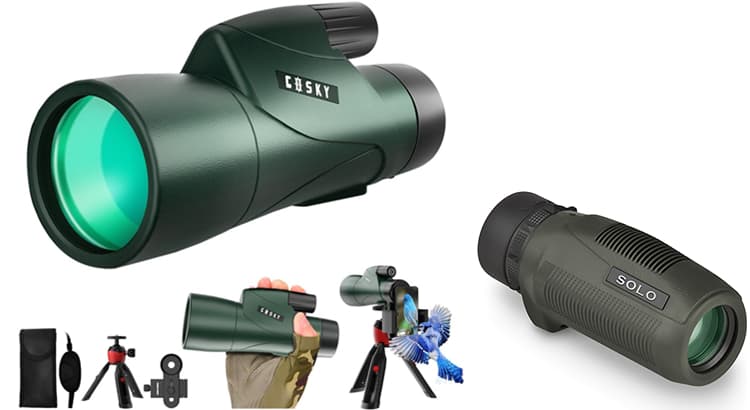When it comes to choosing a monocular, finding the perfect balance between magnification and usability is crucial. With so many options available on the market, determining the best magnification for your needs can be a daunting task.
In this article, we’ll explore the factors to consider when selecting the ideal magnification for a monocular, helping you make an informed decision that enhances your viewing experiences.
Understanding Magnification: Striking the Right Balance
Magnification is undoubtedly one of the most critical factors to consider when choosing a monocular. It determines how much closer distant objects will appear, influencing the level of detail and clarity in your observations.
However, higher magnification isn’t always better, as it can come with trade-offs such as reduced field of view and increased image shake.
Versatility vs. Specialization: Tailoring Magnification to Your Needs
The best magnification for a monocular largely depends on the intended use and personal preferences of the user. For general-purpose viewing and outdoor activities like hiking, birdwatching, and wildlife observation, magnifications in the range of 8x to 10x are often preferred.
These magnifications strike a balance between bringing distant objects closer and maintaining a wide field of view, making them versatile options for various scenarios.
Specialized Applications: Going Beyond the Norm
While magnifications in the 8x to 10x range are suitable for most users, some specialized applications may require higher or lower magnification levels.
For long-distance observation, such as surveillance or scouting, higher magnifications like 12x or even 16x may be preferred to bring distant subjects into clearer view. Conversely, lower magnifications like 6x or 7x are ideal for wide-field observation, such as panoramic landscapes or sporting events.
Considerations for Stability and Image Quality
When choosing the best magnification for a monocular, it’s essential to consider factors beyond just the numerical value. Higher magnifications amplify hand movements, leading to increased image shake and reduced stability, especially when viewing handheld.
To mitigate this, users may opt for lower magnifications or invest in monoculars with image stabilization technology.
Additionally, higher magnifications may also result in reduced image brightness and clarity, particularly in low-light conditions.
To ensure optimal image quality, look for monoculars with large objective lens diameters and high-quality optics, as these factors contribute to better light transmission and sharper images.
Conclusion
In conclusion, the best magnification for a monocular depends on a variety of factors, including intended use, personal preferences, and environmental conditions.
For most users, magnifications in the range of 8x to 10x strike an excellent balance between versatility and usability, making them ideal for general-purpose viewing and outdoor activities.
However, specialized applications may require higher or lower magnifications to meet specific needs. Ultimately, the perfect magnification is the one that aligns with your viewing preferences and enhances your overall experience.
By considering factors such as stability, image quality, and intended use, you can confidently select the best magnification for your monocular, ensuring optimal performance and enjoyment in all your outdoor adventures.





